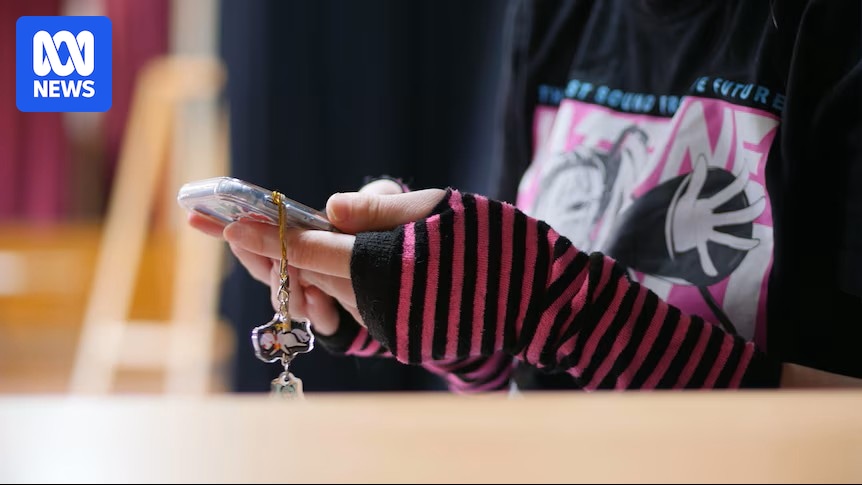
Reduced connection, education, and inspiration are among the concerns mental health advocates have raised in response to the Australian federal government’s upcoming social media ban. The policy, set to take effect on December 10, targets children aged 16 and under, aiming to mitigate the well-documented negative pressures of social media and the harmful impacts of cyberbullying.
However, this blanket ban presents unique challenges for children in regional areas who already face geographic isolation. According to Andrew Wenzel, Headspace manager in Albany, a regional city 400 kilometers south of Perth, social media is a crucial lifeline. “Social media means connection, it means education, it means sources of inspiration and laughter — particularly for kids in country areas, who are often more isolated,” he said. “For young people who are going home to a farm that’s 50 kilometers away from the next property, let alone their friends, that ability to keep in touch over the weekend or over school holidays is going to be severely impacted.”
Compounding Challenges for Marginalized Communities
The challenge is further compounded for regional teenagers from marginalized communities who rely on social media for a sense of belonging. Nick Avery, CEO of the South West Autism Network, emphasized the importance of digital platforms for neurodivergent individuals in rural and remote areas. Without access, Avery fears for the mental health of people with disabilities living in these regions. “They’re very isolated and often showing signs of developing depression and mental health concerns because of the difficulties with engaging in friendships and relationships,” she said.
Similarly, Albany Pride representative Tiger Bird highlighted the barriers faced by regional teenagers in the LGBTQIA+ community. “In remote areas, [social media] provides a lot of connection and peer support where there wouldn’t have been otherwise,” they noted.
A Much-Needed Pause or a Restriction?
Western Australian child psychologist Emily Crawford suggests the proposed social media ban should be viewed less as a restriction and more as a necessary pause. As a principal psychologist, Crawford has worked with a wide range of young people and acknowledges that while technology plays a significant role, especially for children in remote areas, social media is not essential. “Rural groups — like School of the Air — or kids living in isolated areas, I see where it helps but I don’t think they need social media, which is the bit we are talking about delaying,” she explained.
Crawford’s insights are informed by personal experience. Her family owns a farm in the Great Southern town of Kojonup, where they spend every school holiday completely tech-free. “Our farm doesn’t have a lot of phone range, but over time we’ve decided not to do anything about it, and now we don’t have any technology down there,” she shared. “If you set these environments up and expectations, over time kids get used to it — it’s easier than just ripping it away like we are going to do in a couple of months.”
Implications and Forward-Looking Analysis
The announcement of the social media ban comes at a time when the digital world is increasingly intertwined with everyday life, especially for younger generations. The policy aims to protect children from the adverse effects of social media, yet it raises questions about the balance between safeguarding mental health and maintaining essential connections.
Experts argue that while the ban might provide a temporary respite from online pressures, it could inadvertently exacerbate feelings of isolation among rural youth. The situation underscores the need for a nuanced approach that considers the unique circumstances of regional communities. As the December deadline approaches, stakeholders are calling for dialogue and potential revisions to the policy to address these concerns.
Moving forward, the government and mental health organizations may need to explore alternative solutions that protect young people from online harm while ensuring they remain connected to their peers and support networks. The debate highlights the ongoing challenge of navigating the digital landscape in a way that prioritizes both safety and social well-being.







